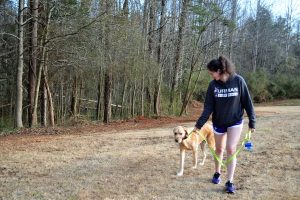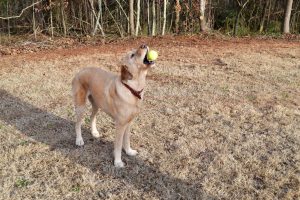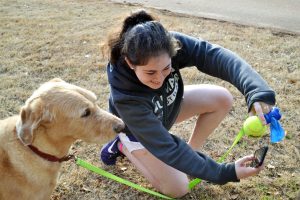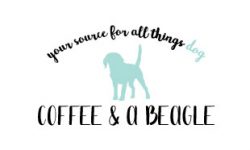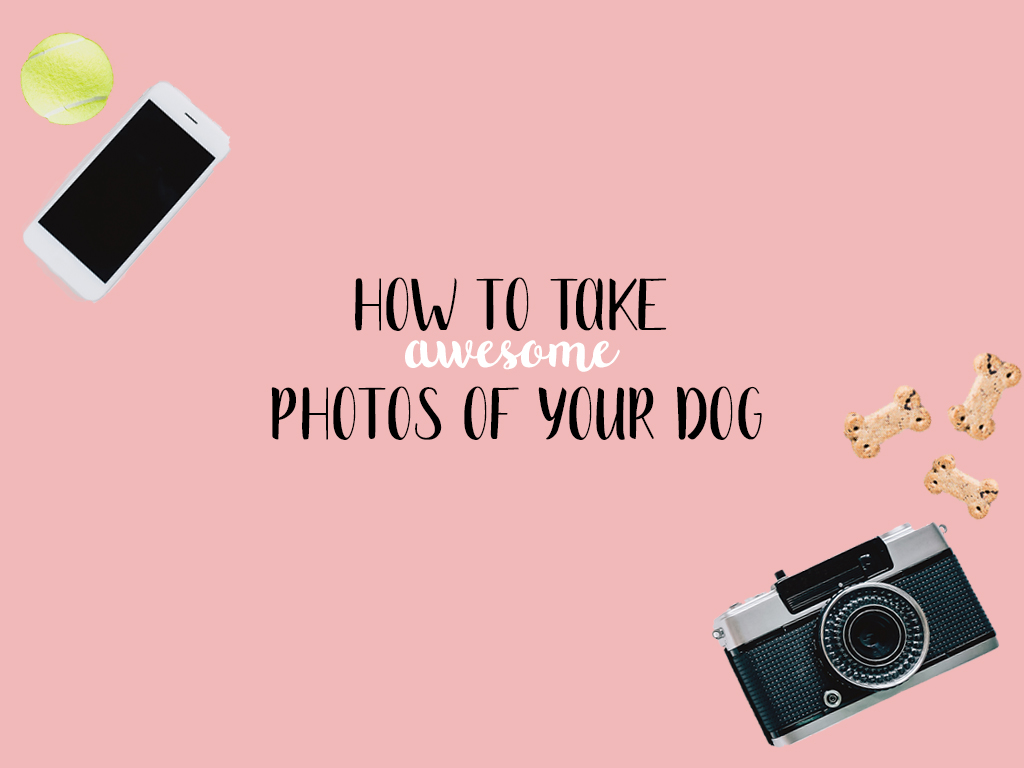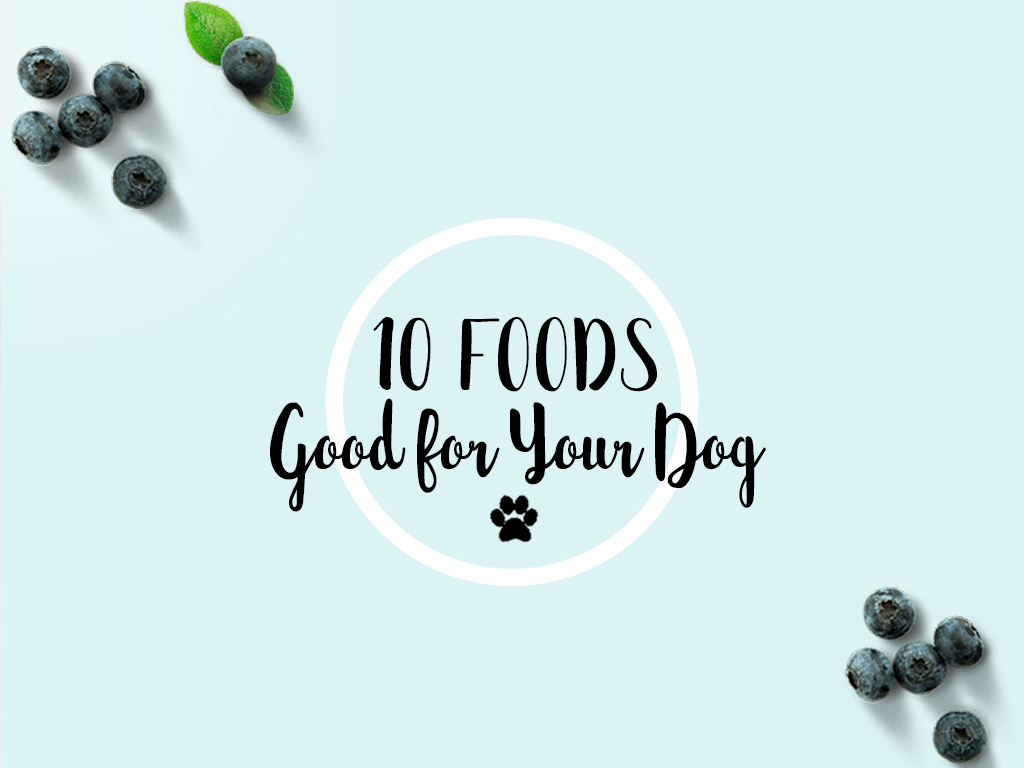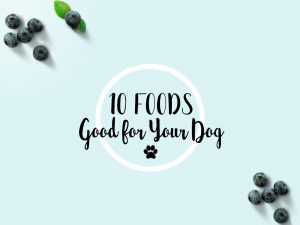
The foods to throw to your pup under the table when nobody’s looking
Big, brown eyes. They stare at you deeply, seemingly into your soul, as you chow down on the sandwich you just painstakingly crafted. You look away quickly. You try to distract yourself, focusing instead on watching the TV in front of you but your eyes seem to be drawn to theirs like a magnet. They inch closer, knowing they have you right where they want you, never breaking eye contact. And finally, you break. “Alright!” you say, giving them a scrap of bread and some turkey which they quickly gulp down, their tail wagging as they know they have won yet again.
This instance has likely happened to all dog owners since the dawn of time. The only problem is that sometimes ‘people food’, isn’t necessarily the best for Fido. Most people know they should never give their pup food such as grapes, chocolate, and gum as they all put dogs at a health risk. However, there are certain foods that have multiple health benefits for dogs. So, the next time you break down and give your dog scraps, make sure they’re these top ten foods:
Carrots: Low in calories and high in various vitamins, carrots have wonderful health health benefits especially helping with sight. If your dog is a chewer, then they’ll love carrots due to their texture and crunch.
Salmon : Dogs benefit from cooked salmon just as humans do due to the omega 3 fatty acids. Salmon has also been known to improve dogs’ coats.
Eggs (cooked): While many claim cooked eggs help dogs with nausea, this has not been proven. However, cooked eggs have multiple benefits such as having high protein levels and high levels of good fats.
Green Beans: Green beans are low calorie and high in a variety of vitamins. It is important though to make sure there is no added salt and the vegetables are fresh.
Chicken: Chicken is a great source of protein for your pup. However, it is necessary to make sure there are no bones still on the chicken and that it is not seasoned.
Beef: Again, beef provides a great source of protein. Again it is neccessary to ensure there are no bones or spices.
Bananas: This is another food many claim prevents nausea in dogs, though this has never been proven. Bananas however are high in vitamins and most dogs go crazy for them.
Blueberries: Blueberries are high in Vitamin C and help protect bones.
Oatmeal: A great source of fiber for dogs, but make sure there is not too much added sugar.
Plain yogurt: High in protein and calcium, yogurt is a great food for dogs. Again, watch the sugar count and artificial sweeteners.
Sources:
1, 2

